“Ugh, no,” said our newfound Dutch friend, when we told them in Ho Chi Minh city that we planned on taking multiple sleeper trains during our trip through Vietnam. “I think they are very small,” her boyfriend chimed in. “And loud.”
This, to our dismay, turned out to be exactly right.
As I learned on my three-week trip, taking the Vietnam sleeper trains is an adventure unto itself. Fortunately, there are some options when it comes to selecting which ticket to buy on the train that can help make them a little more comfortable. (Note: I said a little more comfortable. You’ve been warned.)
There’s a lot of misinformation out there, as well as a lot of fake websites purporting to be the “official” train website, so I’ve put together this post specifically to help travelers figure out the sometimes-confusing recommendations out there about travel by train. It’s also a Vietnam railways review. There are so many train routes used by travelers- Hanoi to Hoi An, Ho Chi Minh to Hoi An, Hanoi to Sapa, Ho Chi Minh to Hanoi, so it’s helpful to understand Vietnamese sleeper trains, and whether or not you’re up to the challenge…
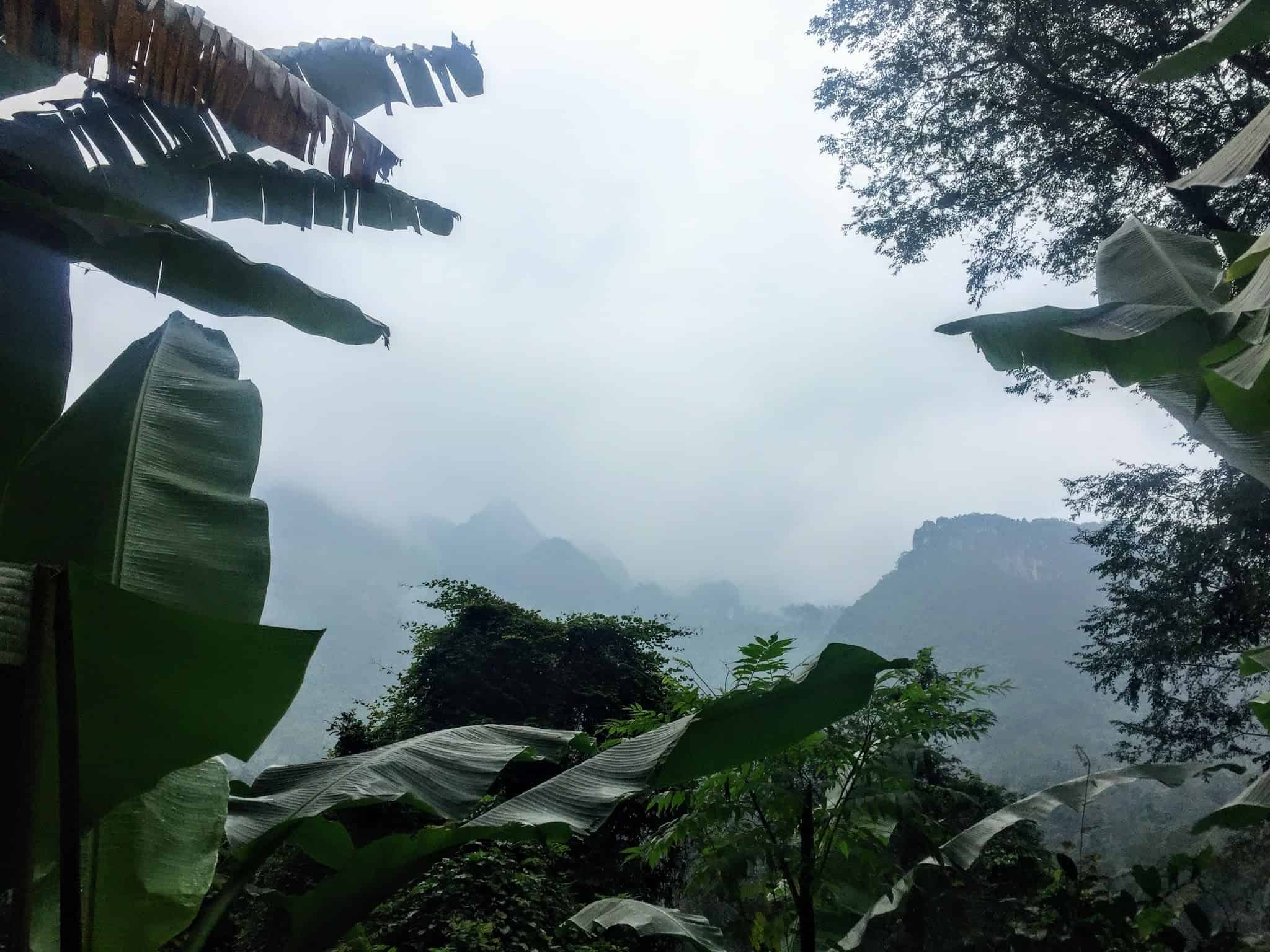
Some background- Train travel in Vietnam

Vietnam, comparatively speaking, isn’t a huge country. Specifically, it’s not very wide, which means there’s only one rail line in the country, running south to north. There’s only one train that runs on this line, and it’s called the Reunification Express, built in the 1930’s. So it’s old, and loud, and (as our Dutch friends warned us,) small. The entire room is about the width of a King-sized bed, and it holds four (or sometimes six!) people.
On the Reunification Express, there are four ticket types:
- Hard seat: This is a seat, in an open area, with no padding. Don’t choose this unless you hate yourself
- Soft seat: A slightly better option than the hard seat, but still advised only for masochistic types
- Hard bunk: This is the “sleeper” part of the sleeper train. You’ll have a hard bunk (no padding) on the top, middle, or bottom of a carriage, which is separated from the hall by a sliding door. The room has a very small amount of storage space, unlike the hard and soft seats. There are three bunks on each side and small pegs on the walls to facilitate climbing up. You’ll be sharing with whomever else happened to book the beds – don’t expect a private cabin or any amenities.
- Soft bunk/soft sleeper: Ahh, the gold standard of train travel. Just kidding. It still sucks. The only difference between this and the hard bunk is you only have four people per cabin, and you get a private reading light at each bunk. No guarantees that it works, however.
No matter which seat you pick, all of these are considered the “local” sleeper train.
For our first sleeper train, being the high-class travelers we are, we went with a soft sleeper. This was, unfortunately, still a mistake. Our cabin was crawling with cockroaches (saw about, let’s say, 30 or so) and the two folks who joined us halfway through the ride were intent on being as loud and active as possible until about 3 am.

How to Avoid the Train
For some destinations, like the Hanoi to Sapa train, in the far north, you’ll find that the train is by far the easiest and most common mode of transport. However, unless you want to rent a private car, your only other option other than the train is the bus. Here are a few recommendations for sleeper buses, based on where you’re going. Keep in mind, though, that the roads in Vietnam are not nearly as safe as they are in Western countries, and that bus accidents and, shall we say, creative interpretation of the driving laws are not uncommon.
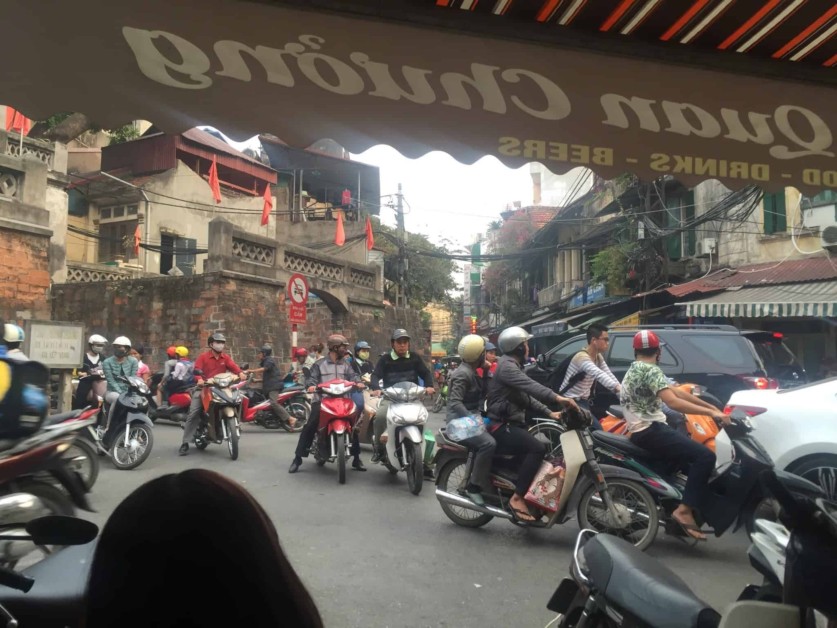
- http://www.sleeperbusvietnam.com/ serves most destinations. Fares range from $15-$90 USD, depending on destination
- https://futabus.vn/en-US cheaper, but serves a smaller number of destinations. Should still be good for travelers going to most major destinations, though
- Hostel/travel agency buses: In Vietnam, you’ll find tourist travel agencies in most major destinations near the ‘backpacker’ parts of town. Just swing by and ask if they have any buses headed to your next destination; we were able to take a one-way trip on what would otherwise be a round-trip tour bus for about $9 USD each.
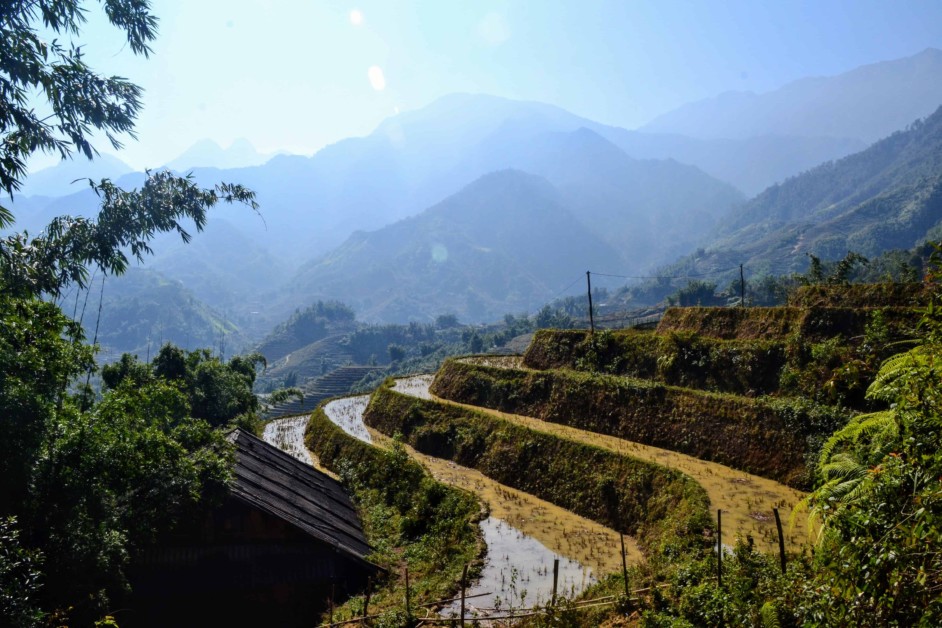
How to Choose a Train in Vietnam
For most destinations, you’re stuck on the local train – see “how to survive the sleeper train” below for some tips. However, if you’re going to Lao Cai/Sapa, in the north, there are some enterprising companies that offer a slightly higher class experience than the local Sapa trains. Companies like Fansipan Express, Pumpkin Express, the Livitrans, the Orient Express, and a handful of others have recently purchased old Reunification Express sleeper cars and refurbished them to offer a more luxurious experience. Collectively, these are called the “tourist trains.” These have more comfortable cabins, slightly nicer bathrooms, and offer some basic amenities, like water, toothbrushes, slippers and (if you’re lucky) toilet paper!
If you book one of these cars, you’ll still have four people to your cabin, unless you book an entire “VIP” cabin, which is basically just a standard cabin with the two top bunks folded up to create additional space. Fansipan has the best reviews, though it’s the priciest.

On our trip, we chose the Fansipan Train, and we sprung for the VIP cabin, as our first experience on the local sleeper train was so miserable. Though it’s definitely more expensive, at $80 USD each, there are definitely some added benefits to having your own car, beyond the privacy aspect: you’ll have more room, you can change/sleep in whatever you want, and you won’t wake up every time your neighbor above you climbs up or down, or opens the (rather loud) metal door to the cabin.
Worth it? In my opinion, yes; though that could be shaded by an especially bad experience on the local sleeper. We were able to (more or less) sleep the entire time on the overnight train to Sapa, and felt awake enough to actually do something the day we arrived in Sapa, rather than having to immediately take a nap. Consider it, unless you’re a true budget traveler, in which case the section below is for you.
How to Survive the Sleeper Train
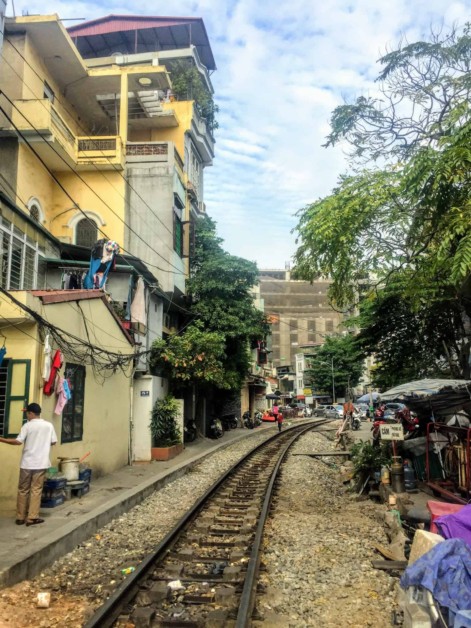 No matter which train you take (local or tourist,) the train is, in general, uncomfortable. Here are a few tips:
No matter which train you take (local or tourist,) the train is, in general, uncomfortable. Here are a few tips:
- Bring your own toilet paper
- Take a pair of sandals for walking to the bathroom – some of the nicer tourist trains provide these
- Bring ear plugs or music: The train is old and loud. You’ll appreciate anything you can do to distract yourself from the noise of the tracks and your cabin-mates.
- Bring a sleeping mask: The four-person cabins have two overhead lights, as well as individual reading lights. The unspoken rule seems to be that the people on the top bunks get to control the lights
- If you’ve got any daylight, enjoy the views! The train goes through everything from beach towns to mountain villages and directly through cities.
- Buy a “sleeping bag:” this isn’t what westerners would consider a sleeping bag. It’s more of a lightweight silk sack you sleep in, most likely to avoid the same cockroaches we battled. Sold on the streets for $2-$3 USD. Recommended.
- Bring a travel pillow: All sleeper bunks (NOT the cheap soft and hard seat tickets) provide a pillow and blanket, but they’re thin and questionably clean. Alternative: cover the pillow they give you in a t-shirt.
- Bring your own beverages: Someone will come around and knock on your cabin door and offer you water, beer, coffee, or tea at the appropriate times. It’s not free, and they’ll bill you after you already drank it, so BYO. Bringing your own snacks is also a good idea.
About HikeUpYourSkirt –
“So my goal with this blog is threefold: to highlight what day-to-day life is like in a “vacation town,”and to show that it’s possible to have an adventurous, exciting, and active life without having to “quit your job to follow your dreams.” (Source: see every travel blog, ever.) It’s totally unrealistic to think that most people can give up their day job and financial security to “follow their dreams” – but it’s not unrealistic to say “everyone can do something fun at least once in a while.” So I started this blog to profile what some of those fun things could be for people who value an active lifestyle, whether that be a mountain biking trip through Thailand or a weekend backpacking trip in the Tahoe wilderness.”
[contact-form][contact-field label=’Name’ type=’name’ required=’1’/][contact-field label=’Email’ type=’email’ required=’1’/][contact-field label=’Website’ type=’url’/][contact-field label=’Comment’ type=’textarea’ required=’1’/][/contact-form]

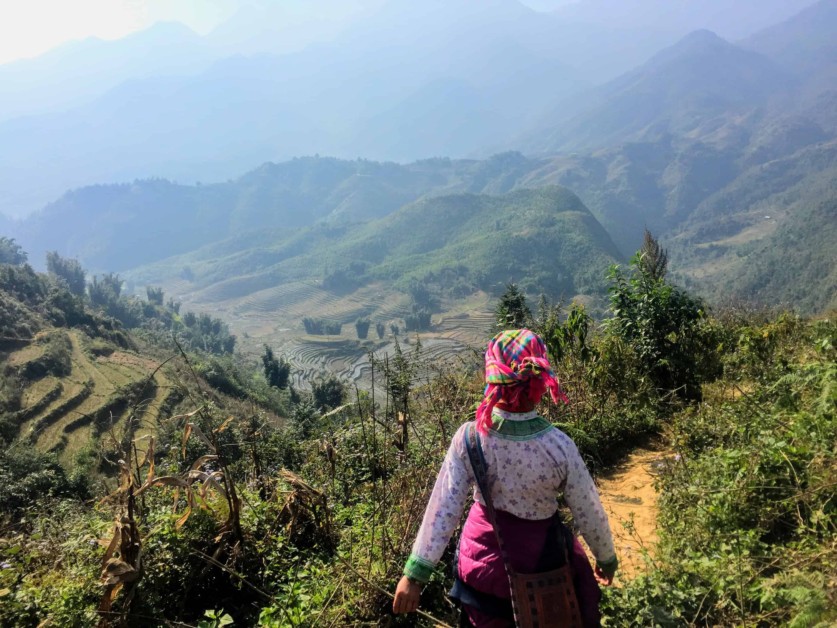
I really want to visit vietnam and this article is very helpful with great tips. Thanks